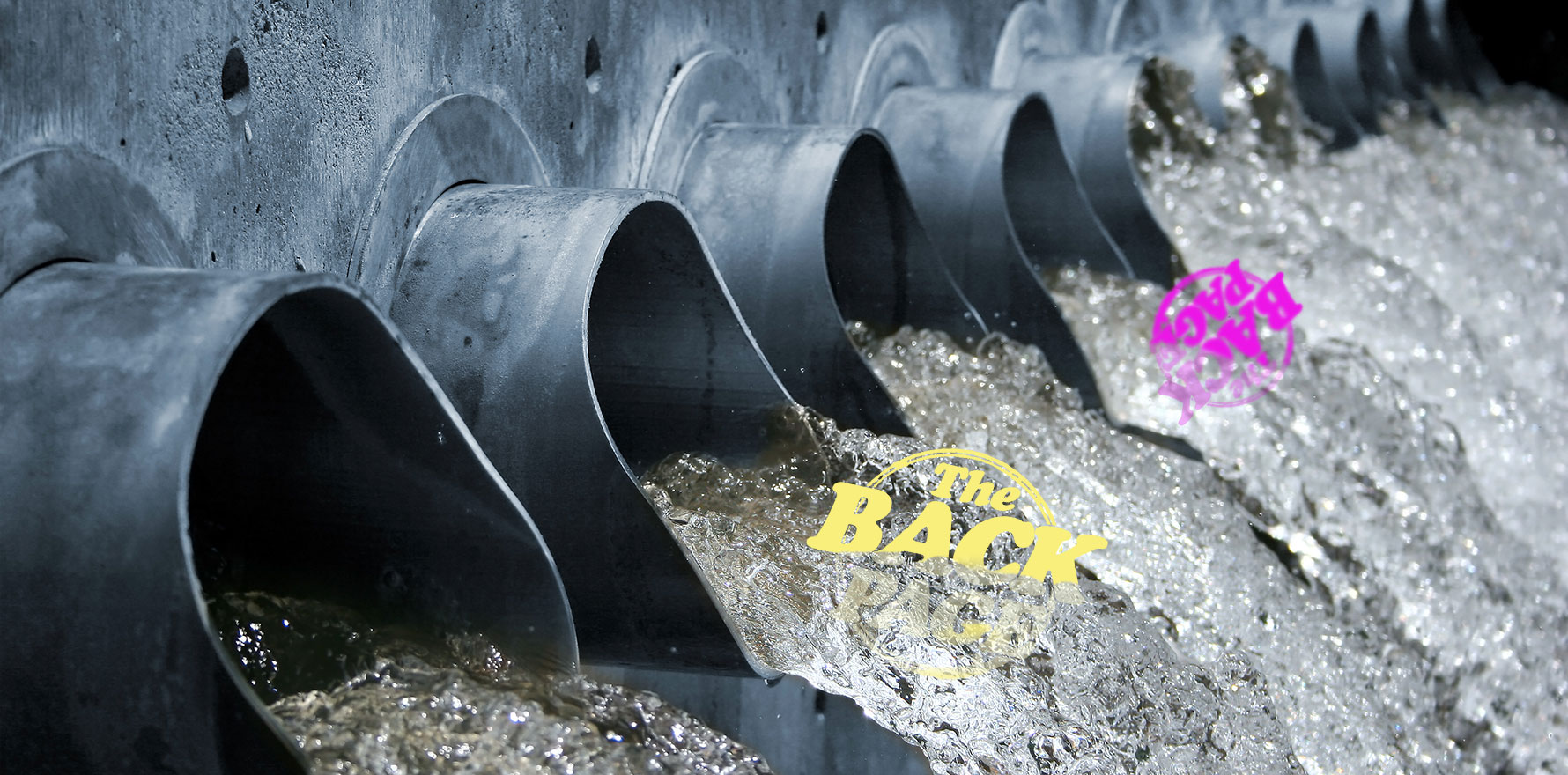That treated wastewater can still harbour viral and bacterial nasties.
Despite being classified as a “Generation Joneser”, your Back Page scribbler considers himself an optimist.
Our core belief is that if humans are dumb enough to create a problem then we are also smart enough to figure out how to fix it.
At least, that’s what we used to think.
We have to concede, as the years go by and the evidence to the contrary mounts up, the Pollyanna-ish attitude is being sorely tested.
Never is this more the case when we are presented with studies such as this one by Norwegian researchers which paints yet another woeful picture of how humanity’s reckless vandalism of the natural environment is posing a significant health threat.
Publishing this week in the journal PLOS ONE, our Norse boffins have revealed that bacteria and viruses are able to survive wastewater treatment by hiding out in microplastics.
Using genetic testing, the researchers found that food-borne pathogenic nasties such as Listeria monocytogenes, Escherichia coli, norovirus and adenovirus were living on three types of plastic in already treated wastewater.
While wastewater treatment plants are designed to remove contaminants from wastewater, microplastics are able to bypass these processes and can become colonised by sticky microbial communities called plastispheres.
The researchers also successfully grew Klebsiella pneumoniae and Acinetobacter spp. from raw and treated wastewater, indicating that the plastisphere biofilms are likely protecting the pathogens from wastewater treatment.
Unsurprisingly, these plastispheres can pose a risk to human health and the environment when the treated wastewater and sludge is released back into the wild.
“This study highlights the potential for plastispheres to contribute to the spread of pathogens from treated wastewater, posing challenges for environmental health and water reuse efforts,” the authors said in a media release.
Coincidentally, just today we read that the mystery of the strange balls washing up on Sydney beaches has been solved, and it’s nasty.
And it’s not as if the threat to health posed by plastics in the environment is fake news.
About a year ago, The Back Page reported how plastic and wooden detritus in our waterways can not only harbour potentially pathogenic microbes, it can also act as reservoirs for antimicrobial resistance genes.
On the other hand, how bad can things really get?
It’s not as if a space cadet like Robert F. Kennedy Jr is ever going to be put in charge of health policy in the US … Oh shit!
Flush unfiltered story tips down the intertubes to penny@medicalrepublic.com.au.


